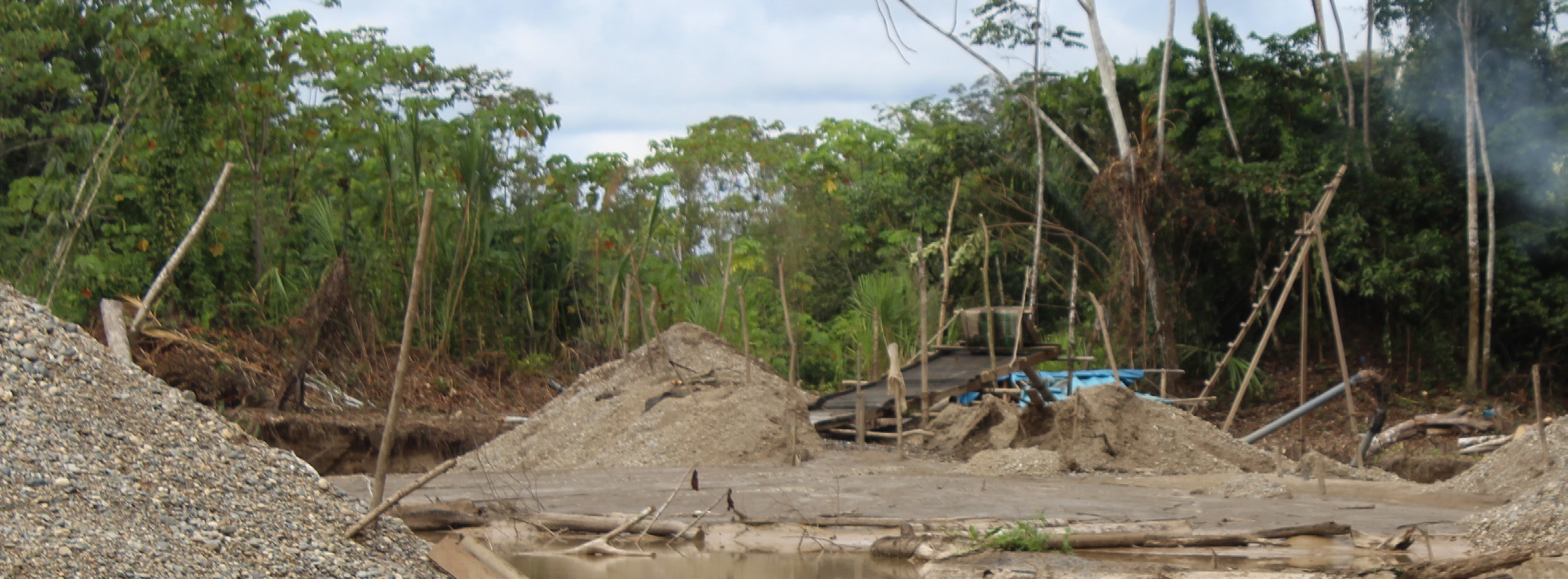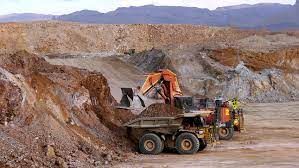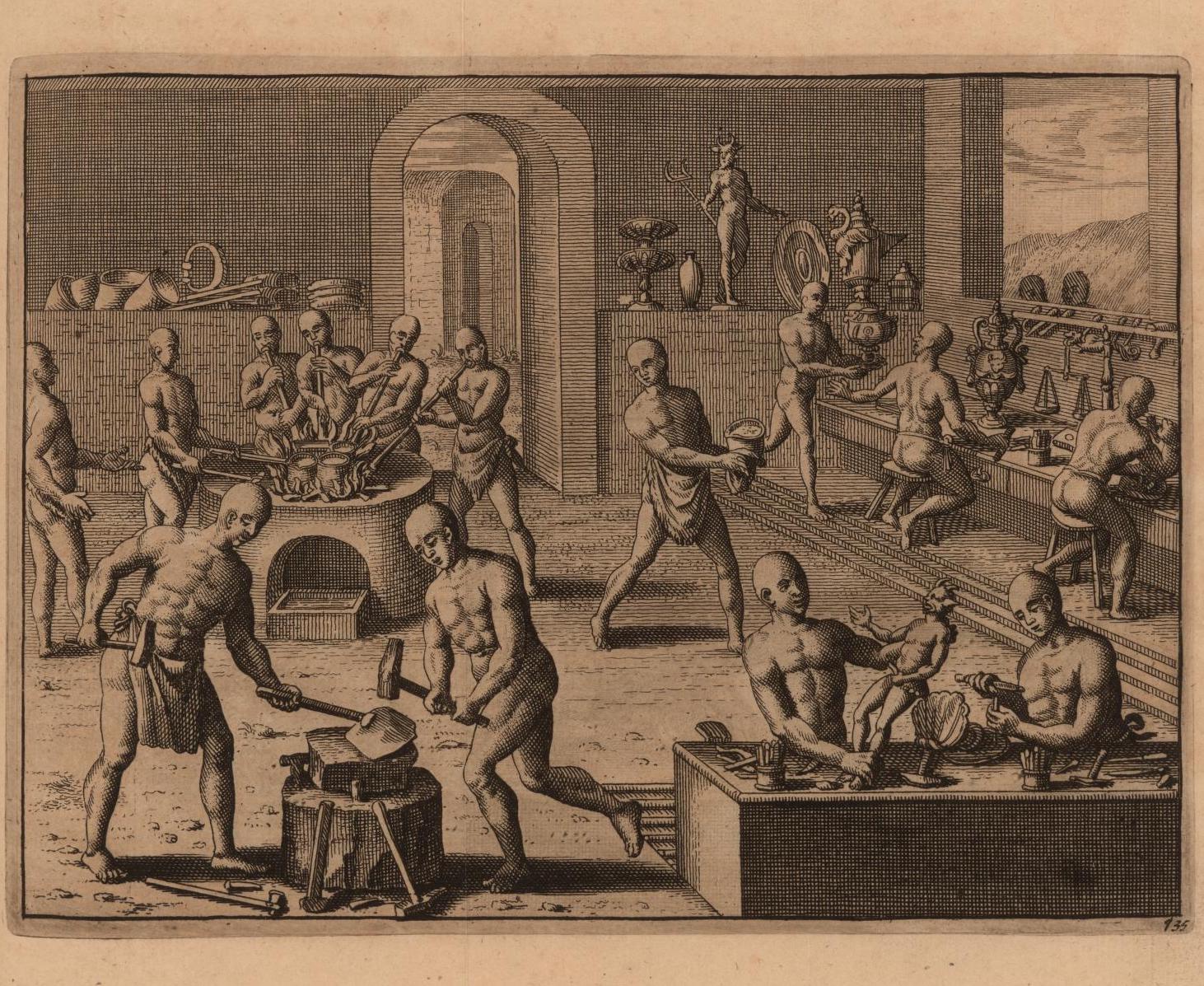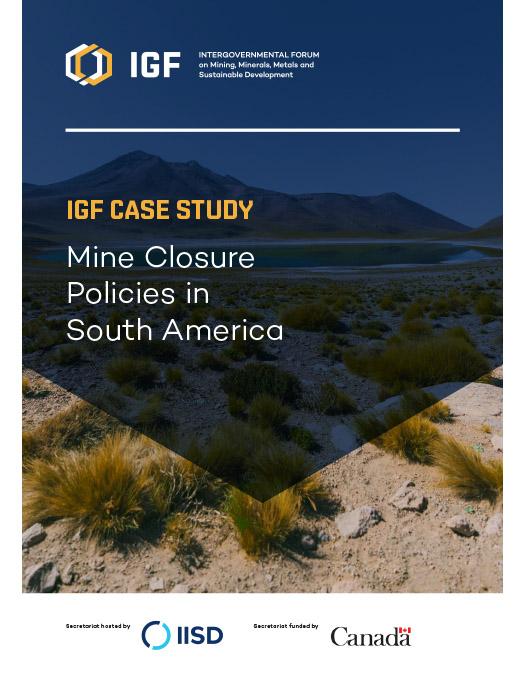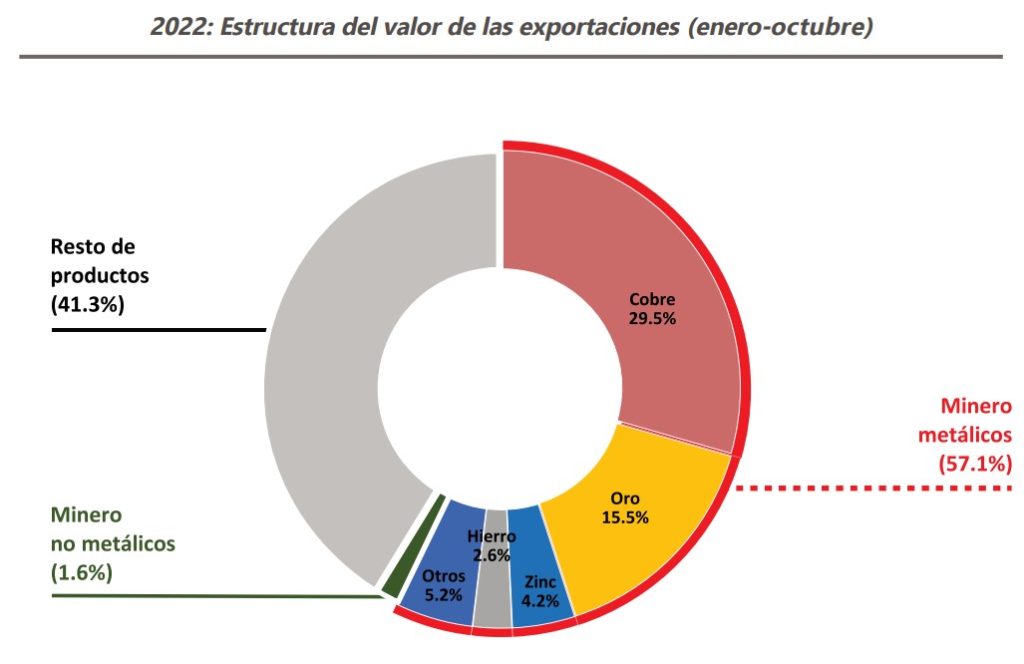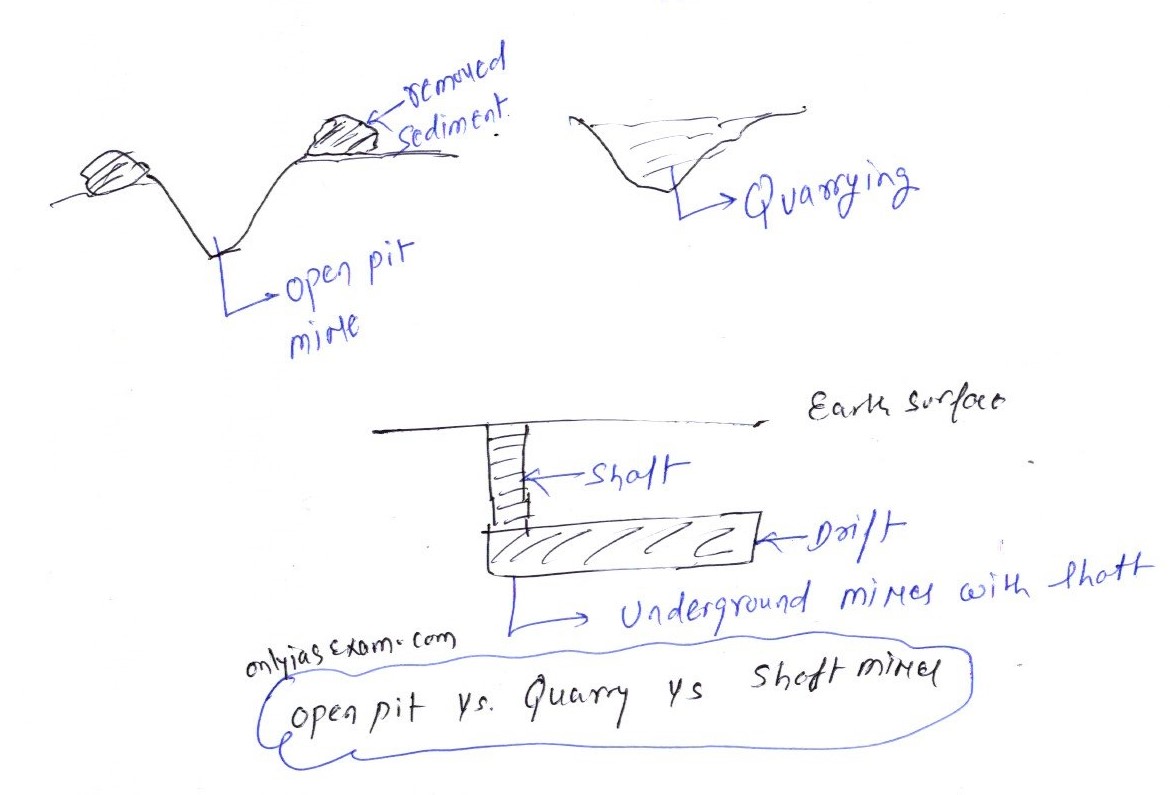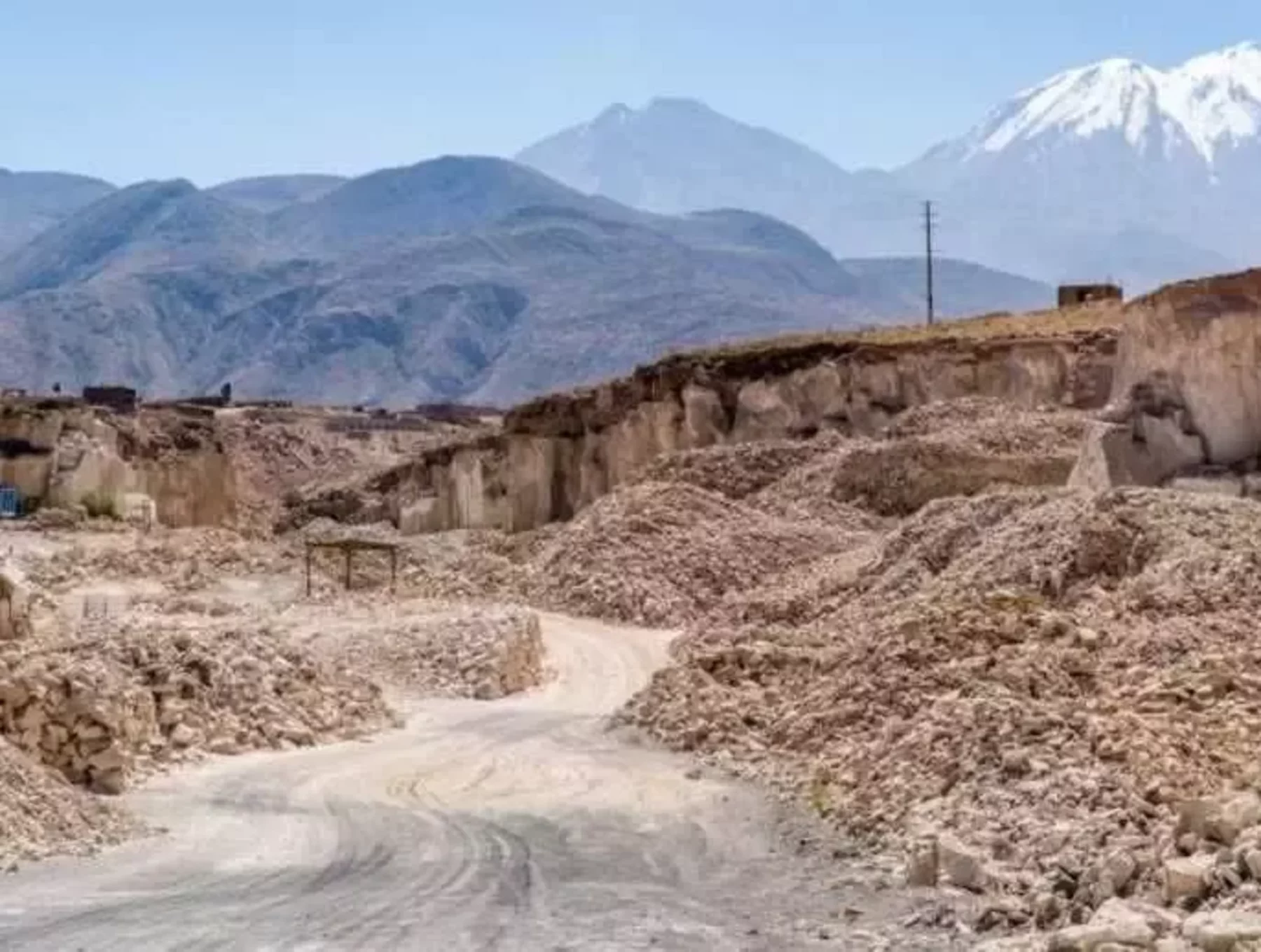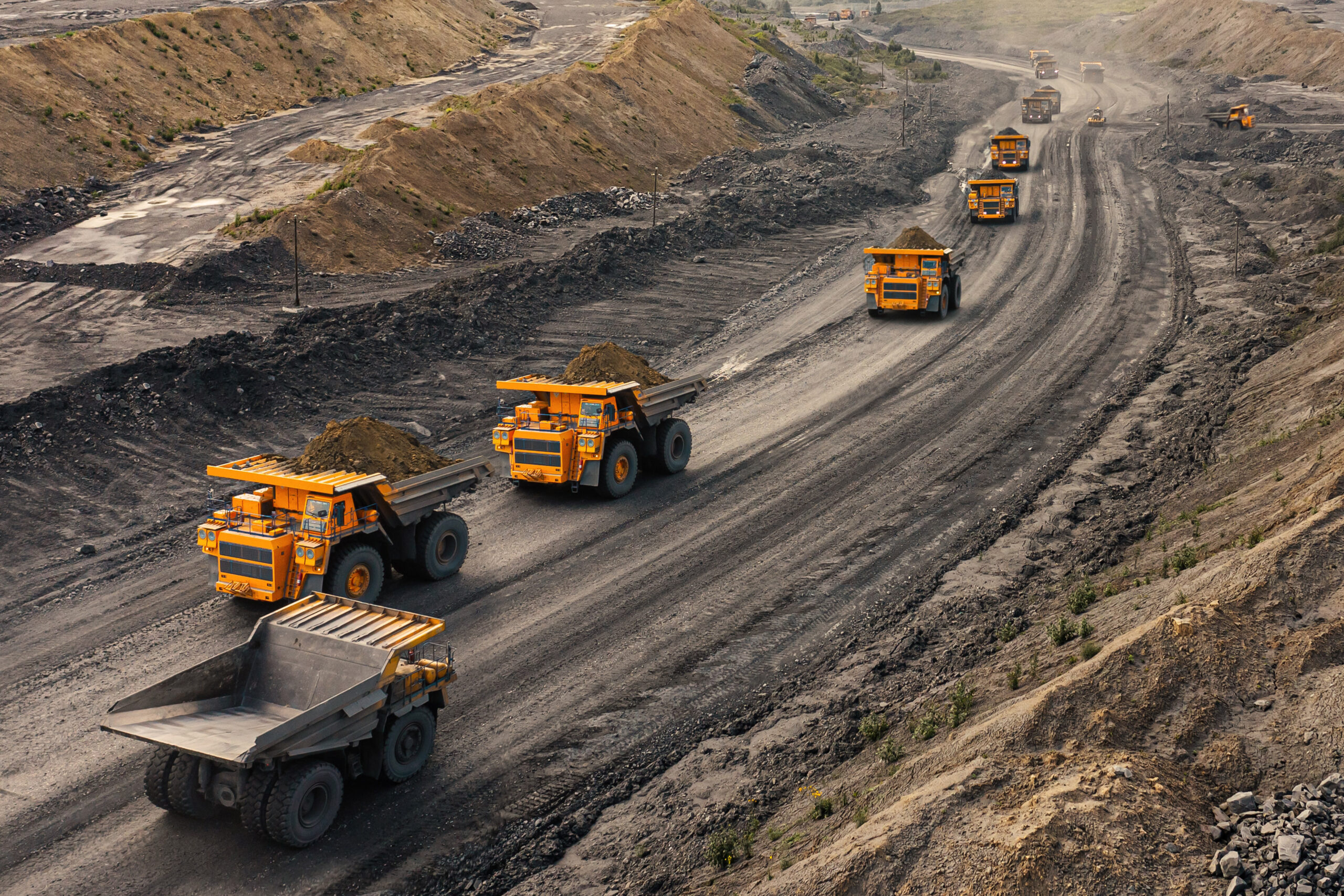What comes to mind when you think about mining? Maybe you picture workers with hard hats digging deep into the ground, discovering precious metals and gems. But have you ever wondered about the legal side of mining activities? Well, Legal Framework Governing Mining Activities in Peru, a beautiful South American country known for its rich mineral resources, there is a legal framework that governs these activities. So, what exactly is the legal framework governing mining activities in Peru? Let’s dive in and explore!
Legal Framework Governing Mining Activities In Peru, mining activities are regulated by a comprehensive set of laws, regulations, and procedures. This legal framework ensures that mining operations are carried out responsibly and in harmony with the environment and local communities. It covers various aspects such as environmental impact assessments, land rights, labor regulations, and community consultations. Understanding this framework is crucial to ensure that mining activities benefit both the country and its people.
So, why is this legal framework so important? Well, it helps protect the environment by setting guidelines for companies to follow, preventing pollution and ensuring that natural resources are used sustainably. It also ensures that the rights of local communities are respected, promoting fair compensation, and providing opportunities for their involvement in decision-making processes. Additionally, it helps attract foreign investment and contributes to the economic development of Peru.
Now that we have a general idea of what the legal framework governing mining activities in Peru entails, let’s dig deeper and explore the specific laws and regulations that make it all possible. Join me as we uncover the key aspects of this framework and gain a better understanding of how mining activities are managed in Peru. Exciting, isn’t it? Let’s get started!
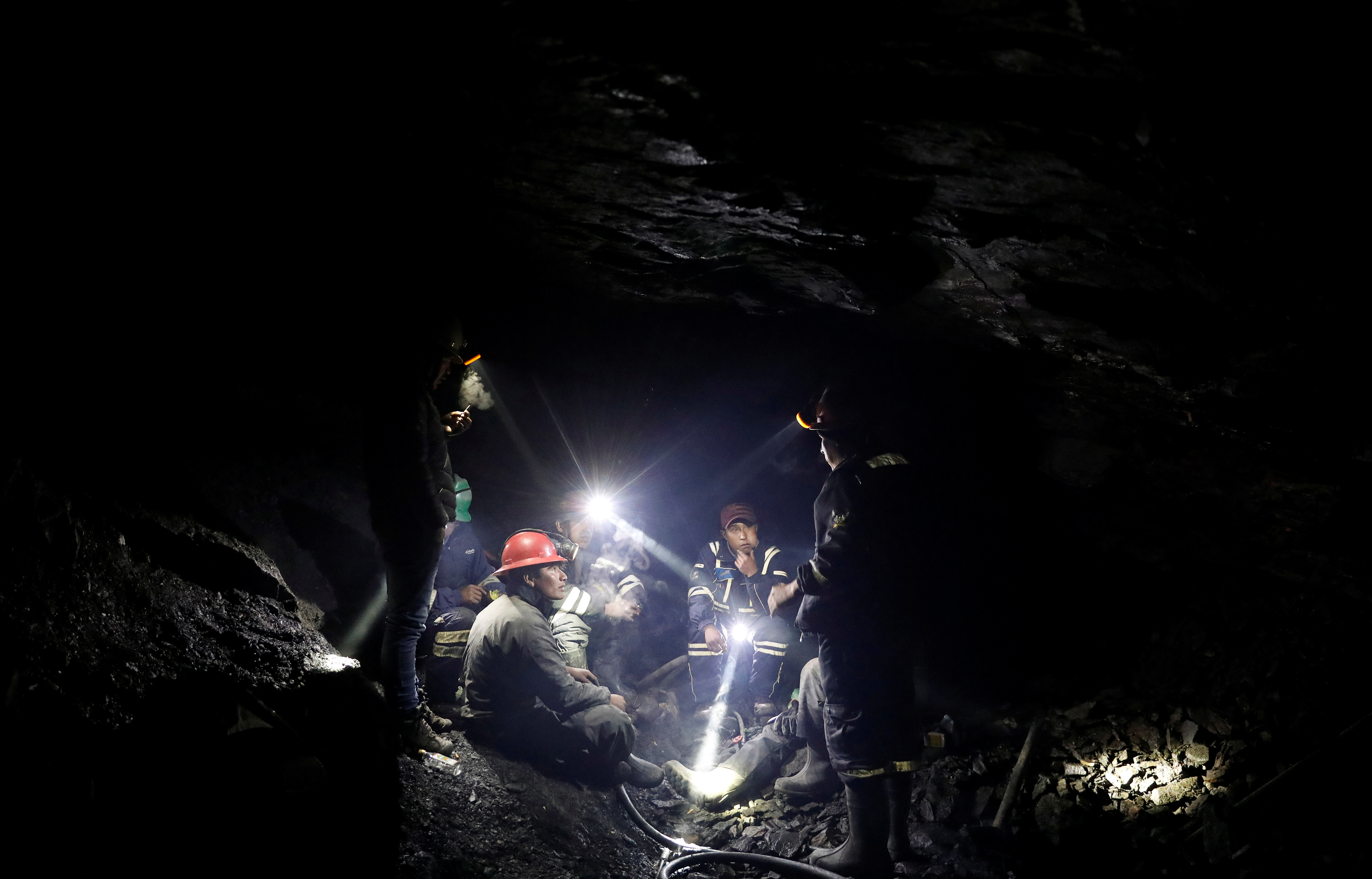
Understanding the Legal Framework Governing Mining Activities in Peru
1. Historical Background of Mining Laws in Peru
In order to understand the legal framework governing mining activities in Peru, it is essential to delve into its historical background. Peru has a long history of mining dating back to the Inca civilization. However, it was during the Spanish colonization in the 16th century that formal regulations were imposed on mining activities. These regulations provided the basis for Peru’s mining laws, which have evolved over time to adapt to changing economic and environmental circumstances.
The first major Legal Framework Governing Mining Activities in Peru was enacted in 1901, known as the Mining Code. This law aimed to promote mining activity and attract foreign investment. Since then, various amendments and updates have been made to the mining legislation in Peru. Today, the legal framework consists of several laws, regulations, and administrative procedures that govern different aspects of mining activities.
1.1 Key Provisions of the Mining Laws in Peru
The mining laws in Peru cover a wide range of topics, including exploration and exploitation rights, environmental protection, community consultation, labor rights, and tax regulations. Some of the key provisions of Peru’s mining laws include:
– Concession system: The Mining Laws establish a concession system that grants exclusive rights to explore and exploit mineral resources to qualified individuals or entities.
– Environmental impact assessment: Mining projects are subject to stringent environmental impact assessment procedures to ensure the sustainability of natural resources and minimize the adverse effects on surrounding ecosystems.
– Consultation with local communities: Mining companies are required to consult and obtain the consent of the local communities affected by their activities, respecting the rights and traditions of indigenous peoples.
– Labor rights and safety: The mining laws and Legal Framework Governing Mining Activities in Peru ensure that workers are protected and provided with fair labor conditions, including adequate remuneration, health and safety measures, and social security benefits.
– Taxation and royalties: Mining companies are required to pay taxes and royalties based on the value of minerals extracted. These revenues contribute to the economic development of the country and the communities affected by mining activities.
1.2 Evolution of Mining Laws in Peru
Peru’s mining laws have undergone significant transformations over the years to adapt to changing socio-political and economic contexts. In the early 1990s, Peru implemented market-oriented reforms to attract foreign investment in the mining sector. These reforms included the privatization of state-owned mining companies and the simplification of administrative procedures.
In recent years, Peru has also focused on enhancing environmental protection and social inclusiveness in its mining legislation. The country has strengthened regulations on environmental impact assessments, requiring mining companies to have robust environmental management plans. Additionally, Peru has implemented measures to ensure meaningful consultations with indigenous communities and promote their participation in decision-making processes.
Through these evolving laws and regulations, Peru aims to strike a balance between promoting economic development through mining activities and safeguarding the environment and the rights of affected communities. It continues to work towards improving transparency, accountability, and sustainability in the mining sector.
2. Institutional Framework for Mining Regulation
The legal framework governing mining activities in Peru is supported by a comprehensive institutional system responsible for its implementation and enforcement. Various government agencies and entities play key roles in regulating and overseeing the mining sector.
The Ministry of Energy and Mines (MEM) is the main government body responsible for formulating and implementing mining policies and regulations. It grants mining concessions, monitors compliance with environmental regulations, and promotes sustainable development in the sector. The MEM also houses the Geological, Mining, and Metallurgical Institute (INGEMMET), which provides technical support and conducts geological surveys and research.
Another important institution in the mining sector is the National Society of Mining, Petroleum, and Energy (SNMPE), which represents the interests of mining companies in Peru about Legal Framework Governing Mining Activities. The SNMPE works closely with the government to promote responsible mining practices and advocate for favorable business conditions.
Additionally, the Ministry of the Environment (MINAM) plays a crucial role in ensuring environmental protection in mining activities. MINAM establishes and enforces environmental regulations, conducts environmental impact assessments, and oversees the remediation of environmental damages caused by mining operations.
Furthermore, regional and local governments have jurisdiction over land and environmental management within their territories. They are responsible for granting permits, conducting inspections, and enforcing compliance with mining regulations at the local level.
The Legal Framework Governing Mining Activities in Peru is continuously evolving to strengthen governance, transparency, and accountability in the mining sector. Regular monitoring and evaluation of the implementation of mining laws and regulations are conducted to address any gaps or challenges that may arise.
3. Challenges and Future Outlook for Mining Regulations in Peru
While Peru has made significant progress in developing a robust legal framework for mining activities, several challenges persist. These challenges include issues related to environmental management, social conflicts, and formalization of small-scale mining operations.
Environmental concerns are a major issue in the mining sector, given Peru’s rich biodiversity and fragile ecosystems. Despite stringent regulations, there have been instances of environmental pollution and degradation resulting from mining activities. Efforts are underway to strengthen environmental supervision and enforcement to prevent and mitigate such impacts.
Social conflicts related to mining activities have also been a significant challenge Legal Framework Governing Mining Activities in Peru. Conflicts arise due to competing interests, inadequate consultation processes, and perceived inequitable distribution of benefits from mining projects. The government and stakeholders are working to improve dialogue, trust, and shared decision-making between mining companies, affected communities, and indigenous peoples.
Furthermore, the formalization of small-scale mining operations is an ongoing challenge Legal Framework Governing Mining Activities in Peru. Informal mining activities often result in unsafe working conditions, environmental degradation, and social issues. The government is implementing strategies to promote formalization, provide support for small-scale miners, and enhance regulatory oversight to ensure responsible mining practices.
Looking to the future, Peru aims to enhance sustainable mining practices, strengthen environmental protections, and promote social well-being through its mining regulations. The government is actively promoting responsible mining operations and encouraging responsible investment in the sector. Continued collaboration among stakeholders, including government agencies, mining companies, communities, and civil society, is essential to address the existing challenges and ensure the long-term success of Peru’s mining industry.
Environmental Regulations in Mining Activities
(Introductory paragraph)
Social Impacts of Mining in Peru
(Introductory paragraph)
Regulatory Mechanisms for Artisanal and Small-Scale Mining in Peru
(Introductory paragraph)
The Role of Stakeholder Engagement in Peru’s Mining Sector
(Introductory paragraph)
Mining Taxation and Economic Development in Peru
(Introductory paragraph)
The Future of Mining in Peru: Trends and Innovations
(Introductory paragraph)
Key Takeaways: What is the legal framework governing mining activities in Peru?
- The legal framework governing mining activities in Peru is primarily outlined in the General Mining Law.
- This law establishes the rights and obligations of mining companies, landowners, and government authorities.
- Peru’s Ministry of Energy and Mines is responsible for overseeing the mining sector and enforcing compliance with regulations.
- Environmental protection is a key consideration within the legal framework, with regulations in place to mitigate the impact of mining activities on ecosystems and communities.
- The legal framework also promotes transparency and accountability in the mining sector, with measures in place to ensure proper licensing, tax collection, and reporting Legal Framework Governing Mining Activities.
Frequently Asked Questions
When it comes to the Legal Framework Governing Mining Activities in Peru, there are a number of legal regulations that govern the industry. Understanding the legal framework is essential for both mining companies and individuals involved in mining-related activities. Here are some frequently asked questions and their answers to help you grasp the basics.
1. What permits and licenses are required for mining activities in Peru?
In order to engage in mining activities in Peru, various permits and licenses are required. These include the following:
Firstly, a Mining Concession is needed, which grants the right to explore and exploit mineral resources. This concession is obtained through a public tender process overseen by the Ministry of Energy and Mines (MEM). Additionally, an Environmental License is necessary to ensure compliance with environmental regulations. This license is issued by the Ministry of the Environment (MINAM) and is obtained through an evaluation process.
2. What are the environmental regulations related to mining in Peru?
Peru has established a set of environmental regulations to safeguard its natural resources and ecosystems. These regulations are aimed at reducing the potential negative impacts of mining activities on the environment. Some key environmental regulations include:
Environmental Impact Assessment (EIA): Before mining activities can commence, an EIA must be conducted to evaluate the potential environmental and social impacts. This assessment is submitted to the Ministry of Energy and Mines for approval.
Remediation and Mine Closure: Mining companies are required to develop plans for mine closure and post-mining restoration. These plans should address the restoration of affected areas and the mitigation of any environmental damage caused by mining activities.
3. Are there any regulations in place to protect the rights of indigenous communities affected by mining activities?
Yes, Peru has specific regulations in place to protect the rights of indigenous communities affected by mining activities. These regulations are based on the principle of prior consultation, which requires mining companies to engage in dialogue with affected indigenous communities prior to the approval of mining projects. This consultation process aims to ensure that the rights and interests of indigenous communities are taken into account.
The right to prior consultation is enshrined in the Peruvian constitution and is supported by international conventions, such as the International Labour Organization (ILO) Convention No. 169. Compliance with these regulations is vital to maintaining social and environmental harmony in mining areas.
4. What measures are in place for the management and distribution of mining royalties in Peru?
In Peru, mining companies are required to pay royalties on the extraction of mineral resources. These royalties are primarily used for regional and local development projects in mining-affected areas. The distribution and management of mining royalties are carried out through several mechanisms:
The Regional and Local Investment Budgets (IRAs and ILAs) allocate a portion of mining royalties for regional and local development initiatives. Additionally, the Mining Canon Program ensures that a percentage of mining royalties is distributed to mining-affected regions and municipalities. These funds are used to address social and infrastructure needs in these areas.
5. What penalties and sanctions exist for non-compliance with mining regulations in Peru?
Non-compliance with mining regulations in Peru can result in penalties and sanctions for mining companies. These penalties may include monetary fines, suspension of mining activities, or even revocation of mining concessions. The severity of the penalties depends on the nature and extent of the non-compliance.
The regulatory authorities, such as the Ministry of Energy and Mines and the Ministry of the Environment, have the power to enforce these penalties and sanctions. Regular inspections and monitoring ensure that mining companies adhere to the established regulations and environmental standards in Peru.
Health or jobs: Peruvian mining town at a crossroads | AFP
Summary
Mining activities in Peru are governed by a legal framework that aims to protect the environment and promote sustainable development. The key laws and regulations include the General Mining Law, which grants concessions to mining companies, and the Environmental Impact Assessment, which assesses the potential environmental impacts of mining projects. Peru also has laws in place to protect indigenous communities and promote their participation in decision-making processes. The government enforces these laws through various agencies, such as the Ministry of Energy and Mines and the Ministry of Environment. However, there are challenges in implementing and enforcing these laws, including corruption and insufficient resources.
In summary, the legal framework governing mining activities in Peru aims to strike a balance between economic development and environmental protection. It includes laws and regulations that grant concessions to mining companies, assess the environmental impact of projects, and protect indigenous communities. While there are challenges in enforcement, the government is working towards improving governance and ensuring sustainable mining practices in the country.

